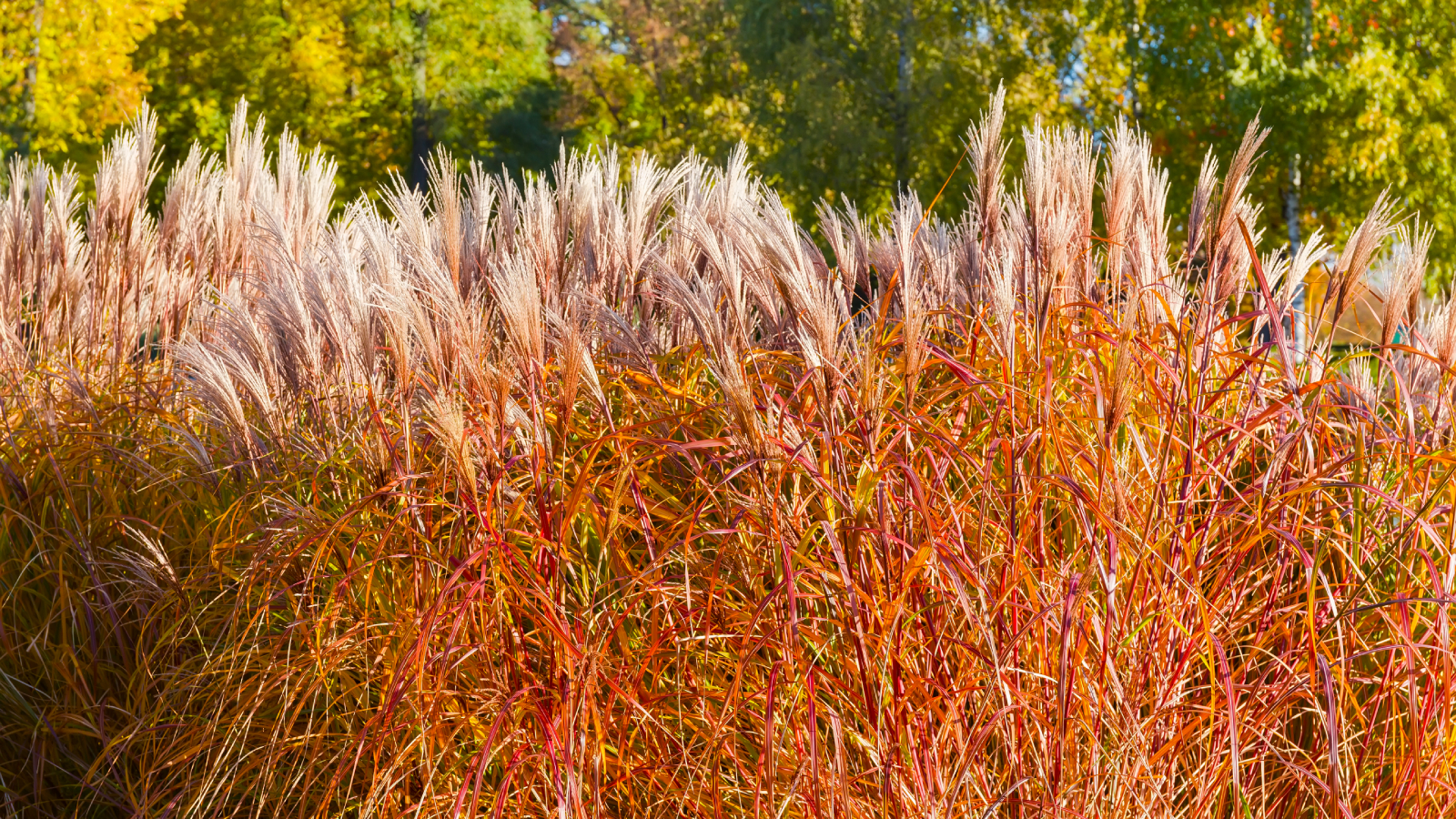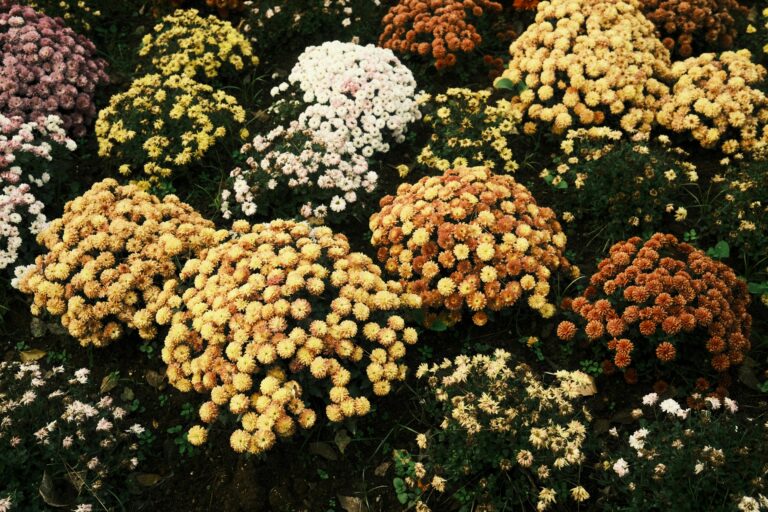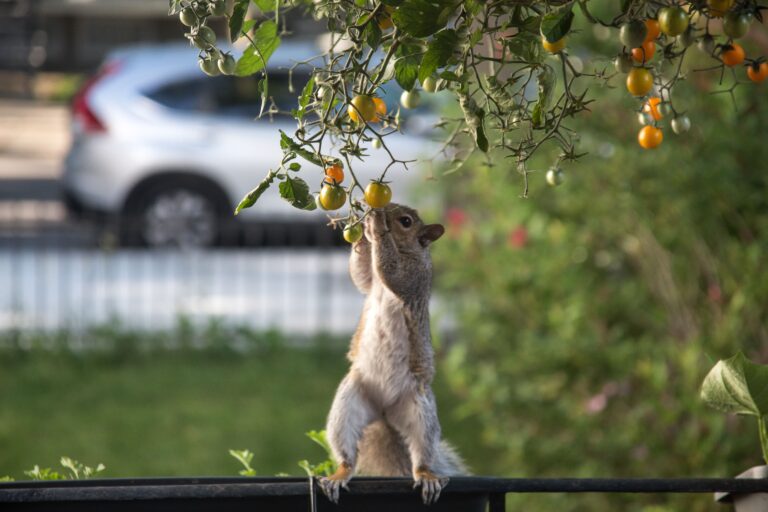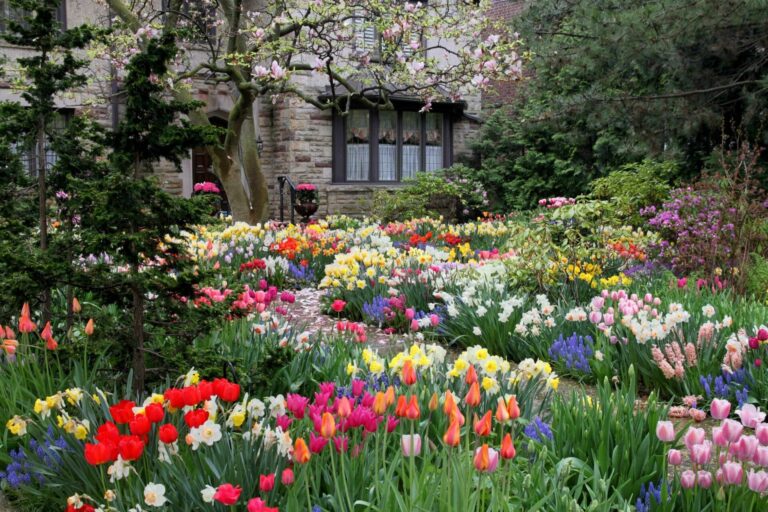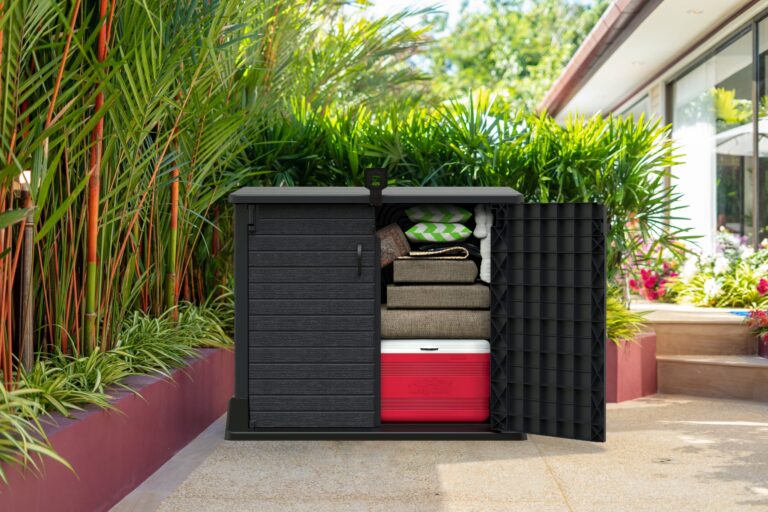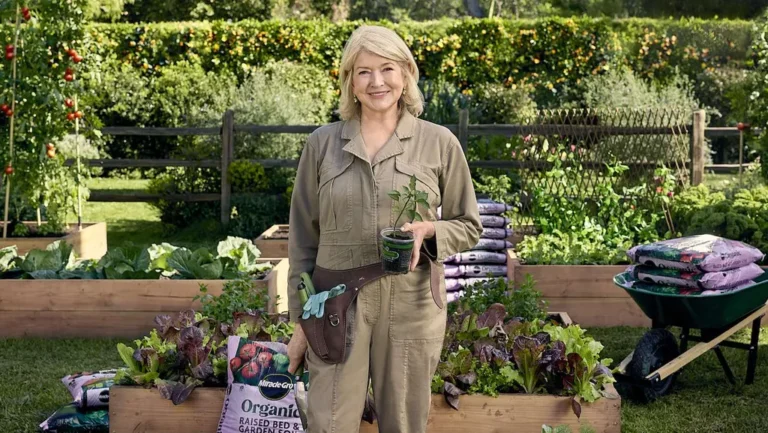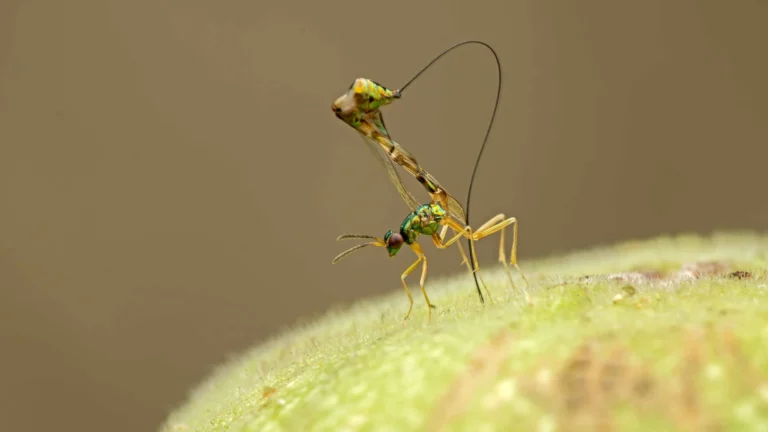7 Best Ornamental Grasses for Stunning Fall Color and Year-Round Garden Beauty
The following ornamental grasses create four-season beauty in your landscape by reaching their peak in autumn yet maintaining year-round visual appeal. These plants create spectacular fall colors while providing architectural structure and wildlife habitat and low-maintenance beauty which enhances any garden design.
Ornamental grasses function as essential elements for developing attractive autumnal garden spaces.
Ornamental grasses serve as a hidden treasure in gardening because they produce active landscapes throughout every season. Gardeners who concentrate on flowering perennials and shrubs should recognize that these plants create a long-lasting seasonal display which continues after their autumn color display. The garden contains architectural features which generate visual movement and sound effects while their seed heads function as vital food sources for birds and small wildlife during winter months.
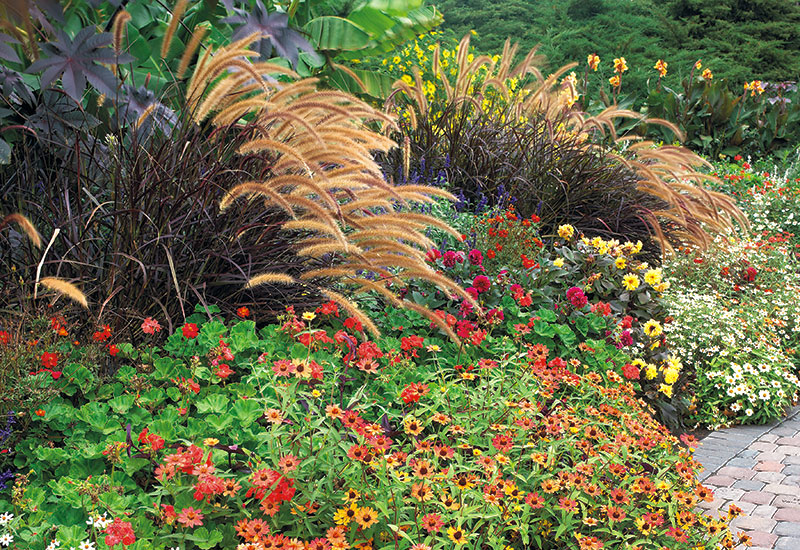
Ornamental grasses used strategically in landscape design solve various problems that occur in gardens. These plants serve two purposes by stopping soil erosion and providing privacy screens and they succeed in areas where other plants normally die. These plants need only occasional care after planting because they establish themselves easily which makes them perfect for gardeners of all skill levels who want sustainable and attractive results.
The 7 Most Spectacular Ornamental Grasses for Fall Color
1. Little Bluestem: The Native Showstopper

[Schizachyrium scoparium] stands as perhaps the most reliable native grass for exceptional fall color. The prairie grass displays blue-green summer foliage which turns into a vibrant maroon and bronze and orange color scheme during autumn temperature drops. The color display starts in late August and achieves its maximum brightness during October before continuing through the first months of winter.
Little Bluestem grows to be 2-4 feet tall and 1.5-2 feet wide while it tolerates USDA zones 3-9 which allows it to grow in all North American climates. The plant can thrive in harsh conditions because it tolerates dry poor soils and complete sunlight exposure which would damage most other plant species. The root system extends to 6 feet deep to provide excellent drought tolerance and soil stability.
The best conditions for achieving peak autumn color require plants to receive full sun exposure while growing in soil that drains properly.
The soil should be avoided for planting because it contains too much organic matter and excessive fertilization leads to flopping and weakens the color of the flowers. The two most popular cultivars of the tree are ‘Standing Ovation’ which has a consistent red-maroon fall color and ‘Blue Heaven’ which has rich burgundy tones. The grass functions well when planted in large groups for prairie-style gardens and also succeeds as a standalone plant in mixed border arrangements.
2. Switchgrass: A Highly Adaptable Native Species

[Panicum virgatum] brings impressive stature and multi-seasonal interest to the landscape. The native prairie grass grows to 3-6 feet tall which provides a strong presence in any area without taking over smaller spaces. The fall color of this tree depends on the specific cultivar since it can display golden yellow with burgundy-red accents or deep wine colors that stay vibrant during winter months.
The plant produces its flower panicles during late summer and fall before they sway gently in autumn wind. Birds depend on seed heads as their main food source during winter because other food sources disappear during this time. The grass demonstrates its adaptability through its ability to survive in different soil types including clay and sandy loam and its success in both wet and dry environments.
Switchgrass functions best as a background plant in perennial borders and naturalistic plantings and for erosion control on sloping areas.
The three most popular varieties of Weigela include ‘Shenandoah’ which displays burgundy-red leaves and ‘Heavy Metal’ with its steely blue summer foliage that turns golden in autumn and ‘Cloud Nine’ which grows to 6-8 feet tall. Space plants 2-3 feet apart for dramatic mass effects.
3. Prairie Dropseed: The Aromatic Delight
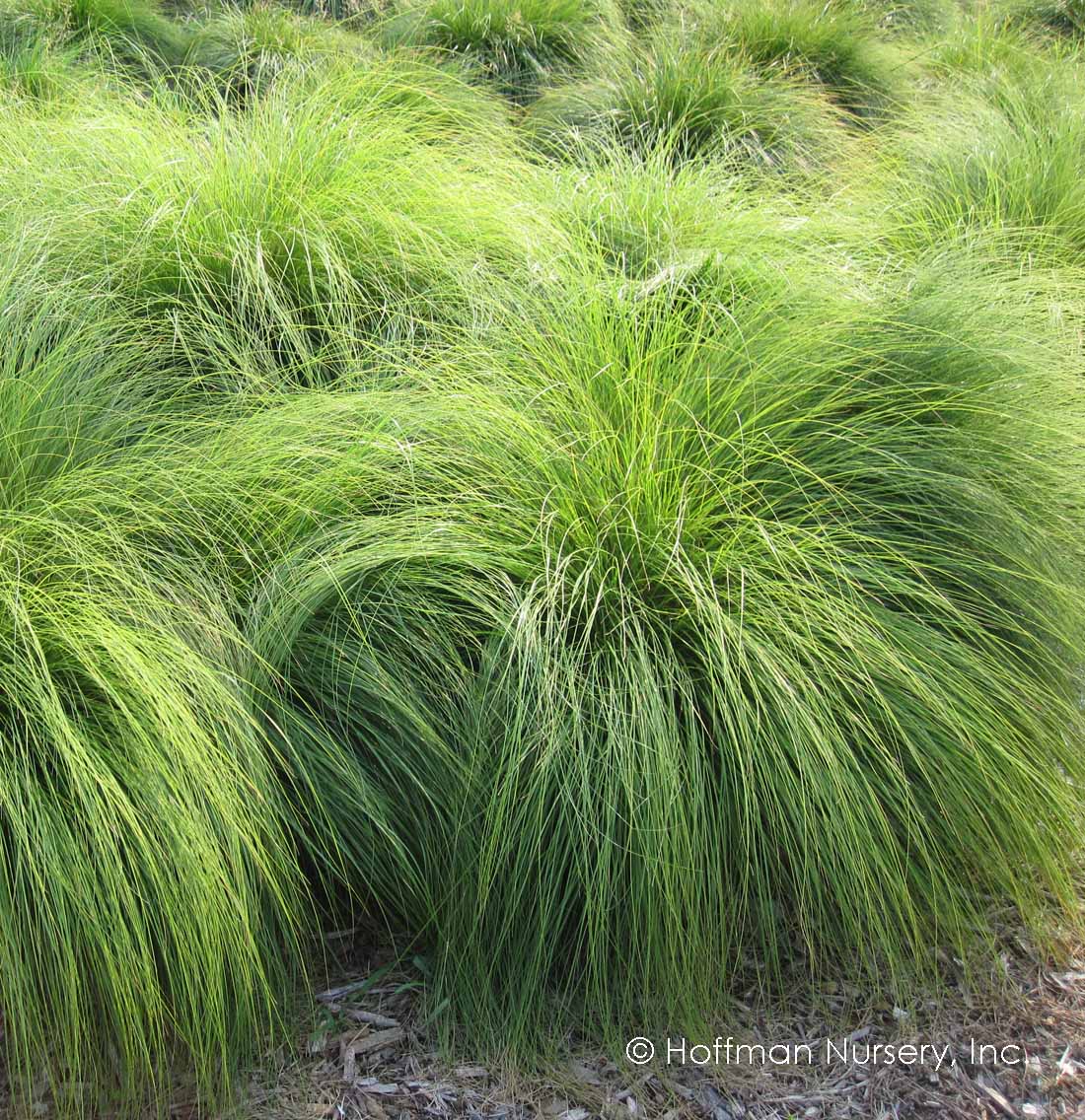
The plant [Sporobolus heterolepis] presents three distinctive features which include its delicate texture and fragrant blooms and its ability to thrive under dry conditions. This native prairie grass forms graceful mounds 2-3 feet tall and wide, with extremely fine, hair-like foliage that creates fountain-like effects in the landscape. The plant’s light appearance finds its perfect match in the autumnal colors which range from golden-orange to bronze.
The aromatic characteristics reach their peak during late summer when the grass produces flowers that give off a coriander-like fragrance which spreads throughout the garden. The plant needs basic care and withstands weak soil conditions which makes Prairie Dropseed suitable for sensory gardens and areas that need minimal upkeep. The grass maintains its decorative appeal while showing resistance to hot weather and dryness and poor soil quality.
The Prairie Dropseed plant functions best when used in rock gardens and prairie restoration projects and when planted as a border along walking paths.
The process of development takes time but the end results make the wait worthwhile. Plant the tree in a location that receives full sun exposure and choose soil that drains properly but avoid overwatering when the tree reaches its full growth stage. The deep root system of grass makes successful transplanting almost impossible so choose planting locations with care.
4. Pink Muhly Grass: The Cotton Candy Spectacular

The autumn season becomes a stunning display when [Muhlenbergia capillaris] produces its pink to purple flower plumes which form a cloud-like effect. Native to the southeastern region this plant grows 3-4 feet tall and 3-4 feet wide to generate a magical misty appearance during autumn months. The blooming season of this plant occurs during early to mid-autumn months when October brings the most vibrant colors.
The grass shows outstanding flexibility because it succeeds in USDA zones 6-10 while growing well in weak sandy soils which other plants find challenging to survive. The deep root system of Pink Muhly Grass enables drought tolerance which makes it suitable for xeriscaping and low-water landscape designs. The plant maintains its attractiveness even when it does not receive water which enhances its value for water-limited environments.
For maximum impact, plant Pink Muhly Grass in masses or drifts where its full effect can be appreciated.
Modern designs and containers use individual specimens as their central design elements. The grass requires full sun exposure and excellent drainage because it cannot tolerate wet soil conditions. The foliage should remain in place throughout winter months in cold climates until spring arrives for cleaning.
5. Maiden Grass: The Architectural Statement
:max_bytes(150000):strip_icc()/maiden-grass-miscanthus-sinensis-gracillimus-2132484-01-102dc616263347c5b9a073d26bfeafea.jpg)
The plant Miscanthus sinensis produces an eye-catching visual display because of its big size and graceful design. The Asian grass grows to 4-12 feet in height based on variety selection which makes it an effective structural element for landscape design. The autumn season brings out golden bronze leaf colors which pair perfectly with silver-white plumes that grow above the leaves to create beautiful textural effects.
The grass species shows flexibility when growing in different soil conditions and water conditions but it reaches its peak performance in fertile well-drained soil with steady moisture levels. Some caution is warranted regarding invasiveness in certain regions, particularly the southeastern United States, where it has escaped cultivation. Check local regulations before planting, and choose native plants if you have any concerns.
Maiden Grass works well as a standalone plant and also functions as a screening element and background plant in expansive outdoor spaces.
The three most popular cultivars of the Japanese Maple tree include ‘Strictus’ which displays horizontal yellow bands and ‘Gracillimus’ which has narrow leaves and a graceful shape and ‘Morning Light’ which shows variegated leaves. The plants need enough room to reach their full size because close planting creates poor air movement which makes them more vulnerable to diseases.
6. Feather Reed Grass: The Award-Winning Performer
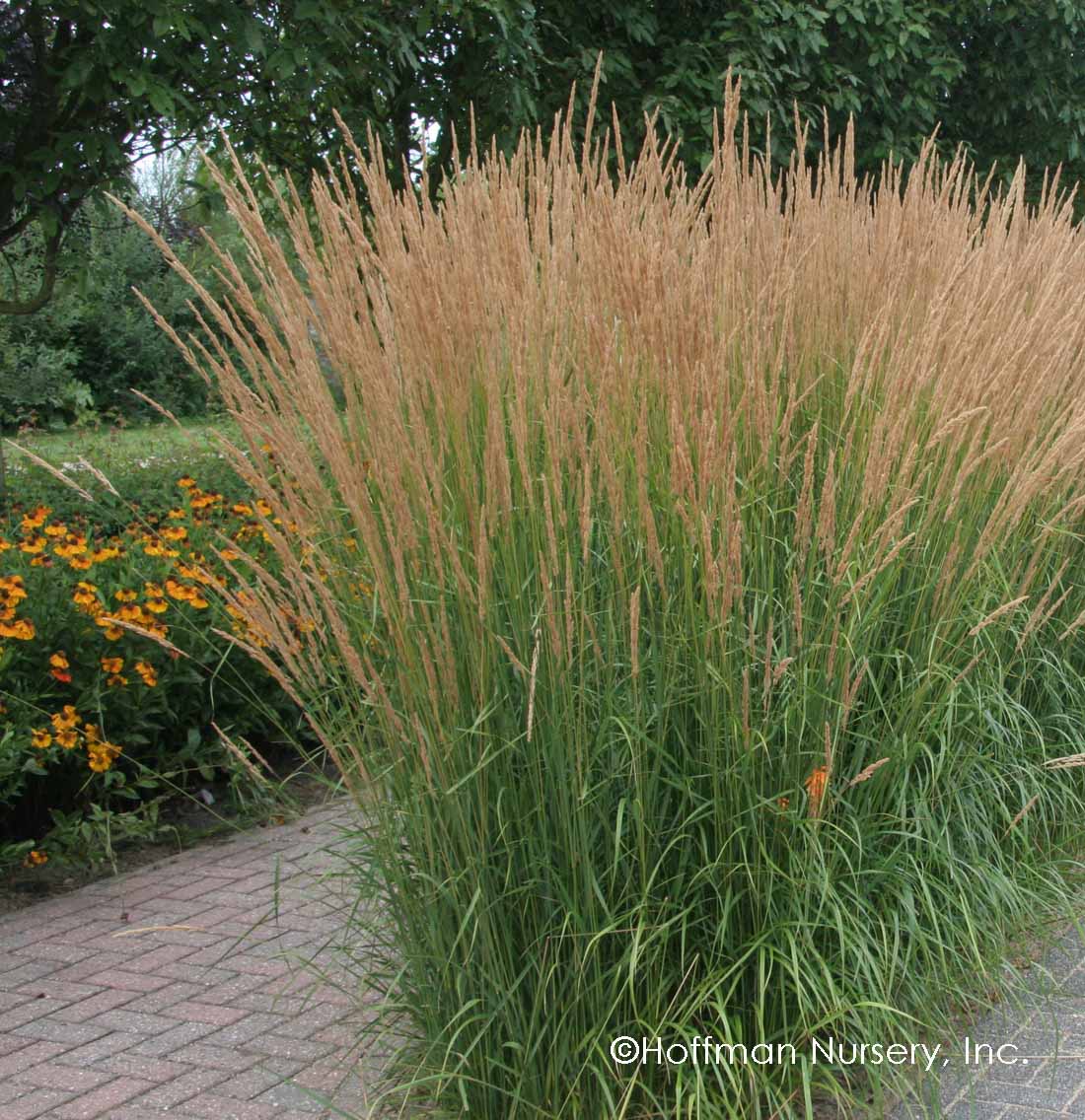
[Calamagrostis x acutiflora] stands out as one of the most reliable and versatile ornamental grasses available. The hybrid grass grows to 3-5 feet tall while maintaining an upright growth pattern which keeps its appearance neat throughout the entire growing period. The plant starts flowering in early summer and continues until fall when it produces golden tan plumes which stay visible through winter months.
The Perennial Plant Association declared ‘Karl Foerster’ as their Plant of the Year in 2001 because of its multiple uses and attractive appearance and easy care needs. The plant thrives in different light environments from complete sunlight to partial shade which makes it suitable for difficult landscape areas. The plant maintains its ornamental appeal while showing resistance to clay soils and urban pollution and coastal environments.
Feather Reed Grass functions well in formal environments because it produces organized lines and structured arrangements.
The plant serves well for hedges and containers and also functions as an accent plant in mixed border arrangements. The grass’s early-blooming nature provides interest well before many other ornamental grasses begin their seasonal display. Plant space the plants 2-3 feet apart to create a hedge effect or position them as individual focal points in perennial border arrangements.
7. Blue Fescue: The Year-Round Color Provider
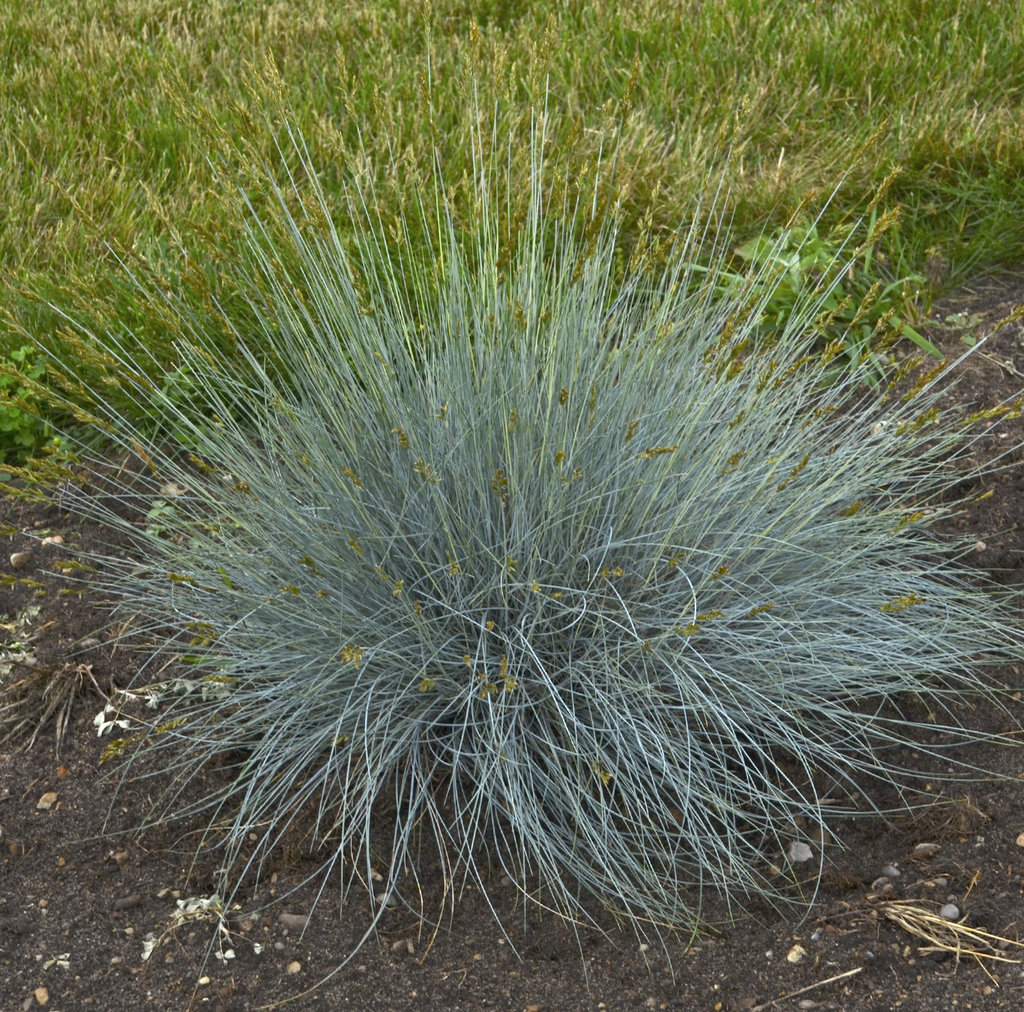
The Festuca glauca plant maintains its blue-gray appearance throughout every season which creates enduring visual interest in outdoor spaces. The plant grows to a maximum height of 8-12 inches which makes it suitable for edging and rock gardens and container plantings in small spaces. The evergreen quality of Fall Color grass provides continuous visual appeal throughout the entire year although its color remains less vibrant than other grasses.
The grass shows outstanding drought tolerance after its initial growth phase and it succeeds in growing in weak soil conditions that other plants cannot survive. The plant requires minimal upkeep because of its small size and slow growth pattern which needs only periodic dead leaf removal. The plant maintains its color throughout winter thus making it an essential choice for designers who want to maintain visual consistency in seasonal garden designs.
Blue Fescue performs best when used in rock gardens and alpine plantings and when placed as bordering elements for pathways and garden borders.
Plant in full sun for best color development, though light afternoon shade is acceptable in extremely hot climates. The plants need to avoid growing in rich soil and excessive water because these conditions lead to fast growth that destroys their compact shape. Space plants 8-12 inches apart for edging effects.
Seasonal Care and Maintenance Guide
:strip_icc()/how-cut-decorative-grasses-4d34b93c-ff171dd3a224480f8de5e208c88b89f1.jpg)
The cultivation of ornamental grasses depends on knowledge about their natural growth cycles and their specific maintenance needs during different times of the year. The main goal of spring maintenance involves cleaning up and restoring the garden while summer maintenance works to establish new plants and maintain their health and fall maintenance optimizes color production and winter protection safeguards plants from harm and supports wildlife populations.
Spring Care: Renewal and Preparation
The maintenance of ornamental grasses requires their most important upkeep during spring cleanup. The exact timing of this process depends on climate conditions but it happens between late February and early March before plants start their new growth. Cut back warm-season grasses to 6-12 inches above ground level, removing all previous year’s growth. For evergreen varieties like blue fescue, simply rake out dead foliage rather than cutting back entirely.
Fertilization is generally unnecessary for most ornamental grasses, as they thrive in lean conditions.
Apply a small amount of balanced slow-release fertilizer during early spring when growth appears pale or weak. Watering new plants deeply helps them develop strong root systems that will protect them from drought during the entire growing period.
The best time to divide overgrown clumps occurs during spring. Ornamental grasses require division every 3-5 years to maintain their health and stop center die-back from occurring. The best time to divide plants occurs during periods of cool weather with cloud cover because it reduces transplant shock. The new divisions need immediate replanting with sufficient water until they become established.
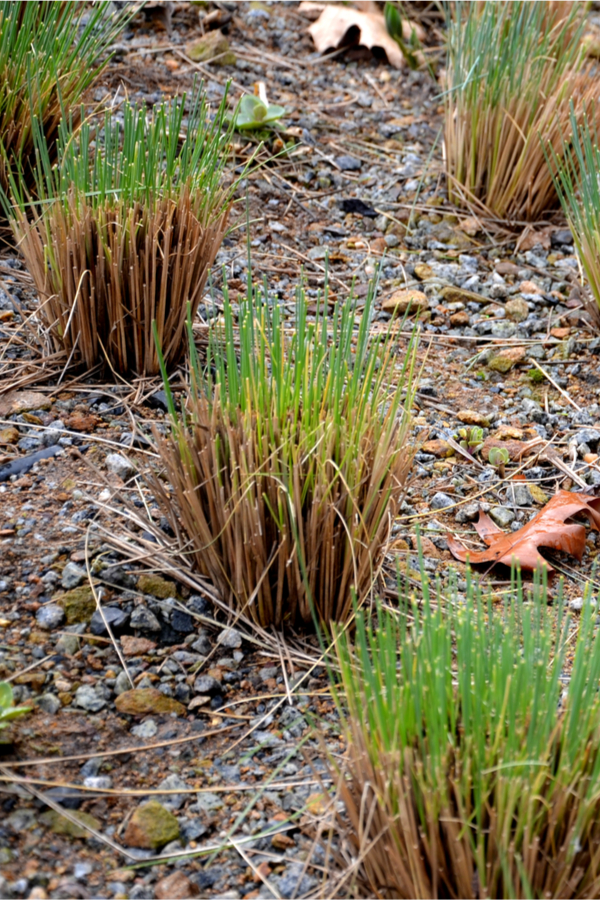
Summer Maintenance: Growth and Development
Summer care centers on establishment for new plantings and maintenance of existing specimens. Water your plants deeply but only occasionally to help them develop deep roots which will make them more resistant to dry conditions. Most established ornamental grasses need no additional watering because they are suitable for water-efficient landscaping.
Check plants for drought stress indicators when dry spells continue for an extended time. The leaves will develop brown tips and curl up when the plants need deep watering. Water should be applied directly to the soil base to stop leaf diseases from occurring and reduce water loss through evaporation. Mulch application serves two main purposes by keeping soil moist and blocking weed growth that fights for available resources.
Summer represents the optimal period for planting warm-season ornamental grasses.
The soil temperature stays warm which allows roots to develop rapidly while the shorter days reduce the stress that comes with transplanting. Choose specific areas for planting because ornamental grasses become difficult to move after they establish themselves in the ground.
Fall Optimization: Color Enhancement
The peak of ornamental grass beauty occurs during fall so proper care at this time becomes vital for achieving the best color results. Plants need to reduce their water intake during cool weather because this adaptation helps them develop natural cold tolerance for surviving winter conditions. Plants fail to enter dormancy when autumn moisture levels become excessive which makes them more susceptible to winter-related harm.
The color development process becomes more intense when the weather becomes cooler and daylight hours become shorter. Full sun exposure produces the most intense color effects because it brings out the best colors in red, orange and burgundy fall varieties. Avoid fertilizing your plants during the late season because it will cause new growth that can get damaged by winter weather.
Leave seed heads intact through fall and winter, providing visual interest and wildlife food sources.
The architectural structure of resting grasses produces dramatic winter shadows which serve as habitat for native birds. Cut back only in late winter or early spring before new growth begins.
Winter Protection and Wildlife Benefits
Ornamental grasses enter a state of dormancy during winter months yet their value to the landscape remains unchanged. The resting leaves of plants serve as protective habitats for small animals while seed heads function as vital food resources during times of limited food availability. The visual appeal of architectural forms emerges when they are seen against winter landscapes that have snow on them.
Different plant species along with environmental conditions determine their ability to withstand winter damage. People should delay grass cutting in harsh winter areas until spring arrives to protect the soil from cold temperatures. The established plants survive typical winter weather but blue fescue and other evergreen species require protection from harsh cold temperatures.
Winter also provides opportunity for planning and design assessment.
Assess plant health and determine which plants need to be added or removed and create a plan for upcoming spring maintenance. Document the successful combinations and establish which areas need further development or improvement.
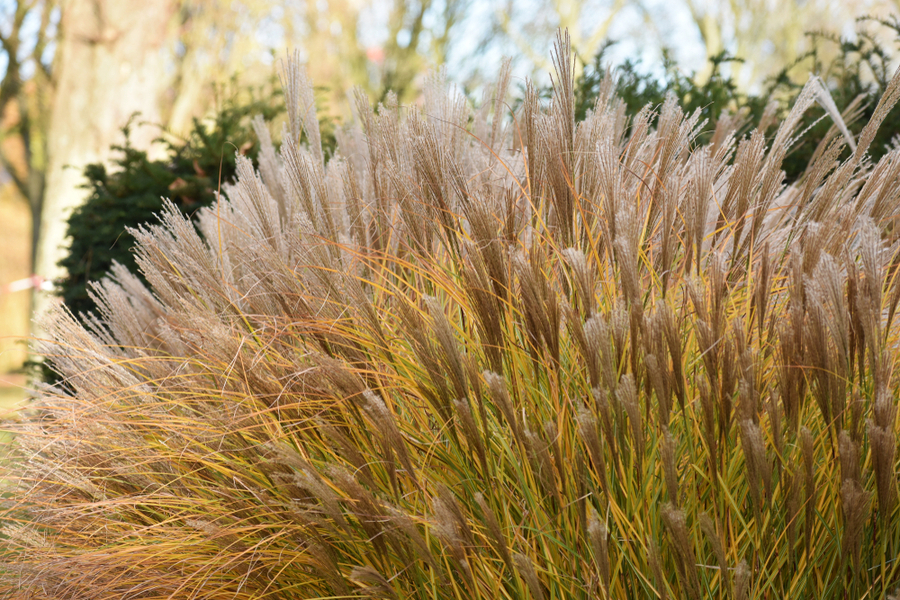
Design Integration and Landscape Applications
The successful implementation of ornamental grasses depends on evaluating their size and texture and color combinations and their seasonal appearance. The plants serve multiple purposes by creating permanent ground cover that enhances the beauty of flowering perennials and shrubs while functioning as decorative centerpieces and view blockers.
Creating Dynamic Plant Combinations
Ornamental grasses function as ideal supporting elements which help create multi-layered garden spaces that stay visually appealing throughout different seasons. Create beautiful autumn displays by pairing warm-toned fall grasses with purple asters and goldenrod and sedums that bloom during the late season. The vertical arrangement of grasses produces a striking visual effect against the rounded perennial plants which generates energetic visual interest in the planting design.
The focus of spring arrangements should be on contrasting textures which combine delicate grasses with statement plants that include hostas and brunnera. Summer plantings benefit from the cooling effect of blue and silver grass varieties, which visually lower temperatures in hot landscapes. The design of winter combinations depends on structural elements which use grasses as natural sculptures against the background of evergreen plants.
When creating combinations it is important to select mature sizes which will provide enough room for growth while preventing overcrowding.
The process of ornamental grass growth to full size takes two to three years so gardeners need to exercise patience when establishing these plants. The correct distance between plants enables sufficient air circulation which protects plants from diseases and promotes their overall health.
Solving Common Landscape Challenges
Ornamental grasses prove effective at solving difficult landscape problems that other plants cannot handle. The plants have deep roots which help them control soil erosion on slopes and banks and their ability to survive droughts makes them suitable for water-efficient landscaping. The natural environment displays its attractiveness through its ability to support different species which thrive in challenging soil environments.
Choose taller plants such as maiden grass or switchgrass for privacy screening because they need 2-3 feet of space between each plant to create a dense barrier. The grasses experience natural seasonal transformations which create a moving screen effect that differs from permanent fence installations. Different height arrangements should be used to create layered privacy effects which appear organic rather than uniform.
The majority of ornamental grasses show strong resistance to deer pressure which makes them suitable for protecting vulnerable areas.
The unappealing taste of these products works together with their attractive design to create visually appealing results that do not attract wildlife.
Container Gardening and Small Space Solutions
The practice of container gardening allows people to grow ornamental grasses in limited areas of urban spaces and small gardens. Select compact plant varieties or dwarf cultivars which stay within the dimensions of your container space. Blue fescue together with dwarf fountain grass varieties and compact switchgrass cultivars work best in container gardens.
The root systems of plants in containers need more frequent watering because they dry out more quickly than plants grown directly in the ground. Select potting mix that drains well and choose containers which have built-in drainage holes. The best color results will be achieved through light fertilization during active growth phases when using lean growing methods.
Ornamental grasses create vibrant seasonal container displays when combined with annuals or perennials.
The spring planting season allows gardeners to plant bulbs and cool-season annuals but summer planting requires heat-resistant companions which need the same level of care.
Troubleshooting Common Growing Challenges
Even the most adaptable ornamental grasses can encounter problems, particularly during establishment or under suboptimal growing conditions. The identification of typical problems together with their solutions leads to successful long-term plant care which enhances their decorative value.
Addressing Flopping and Lodging
The most frequent ornamental grass issue known as Floppy growth develops when plants receive too much fertilizer and grow in soil that is too rich while lacking sufficient sunlight. Most grasses develop upright growth patterns under lean conditions which leads to stronger growth and self-supporting compact habits. The solution requires removing fertilizers from the soil and fixing drainage problems and providing enough sunlight to the plants.
The natural curved growth of particular grass species generates ornamental appeal through their visually pleasing forms which distinguish between attractive and unattractive flopping behavior. The growth pattern of Switchgrass varieties remains upright but maiden grass and other big species naturally develop an arched shape during their maturation process. Scientists analyze species traits to identify natural biological development patterns from human-made environmental damage.
Staking methods create problems because they restrict stem movement which helps plants develop stronger stems.
The solution requires addressing cultural problems while performing strategic thinning of mature tree branches to decrease weight and enhance air movement. In extreme cases, division and replanting in more suitable conditions may be necessary.
Managing Moisture and Drainage Issues
The main reason ornamental grasses that grow well in dry prairie conditions decline is because of insufficient drainage systems. The symptoms of this disease include yellow leaves and weak plant growth and higher disease susceptibility. The addition of coarse materials to soil for drainage improvement or moving plants to areas with better drainage will solve the problem.
The active growth phase of feather reed grass requires ongoing moisture but other species need different watering conditions. The knowledge of specific plant requirements helps prevent moisture-related issues while creating the best possible growing environment. Group plants with similar moisture needs to simplify irrigation management.
Heavy clay soils need raised beds or berm planting because this method enhances drainage while creating an attractive design.
The addition of coarse organic matter to planting areas will enhance soil structure and boost oxygen delivery to plant roots.
Preventing and Managing Pests and Diseases
Ornamental grasses show strong resistance to pests and diseases because they originated from prairies and developed these traits through evolution. Plants under stress become more attractive to aphids and spider mites and develop fungal diseases when environmental conditions become unfavorable. Maintaining plant health through proper cultural practices provides the best disease and pest prevention.
The prevention of foliar diseases depends on proper air circulation so growers need to choose correct locations and maintain proper plant spacing for long-term plant health. The practice of overhead watering should be avoided because it leaves foliage wet for too long which creates an environment where diseases can thrive. The practice of morning irrigation enables fast drying of the soil which reduces the chances of disease development.
Start with the least toxic control methods when problems arise since strong water sprays work best for aphid control and horticultural oil proves effective for spider mite management.
Most grasses can heal from light pest damage without human assistance so strong control methods are typically not required.
Maximizing Year-Round Interest and Value
Ornamental grasses deliver advantages which extend past their attractive autumn color display. These adaptable plants establish framework and movement and wildlife habitats and seasonal shifts which generate active and constantly evolving outdoor spaces. The best way to achieve maximum gardening value requires knowledge of how to optimize plant productivity throughout the entire year.
Extending Seasonal Appeal
The peak of ornamental grass beauty occurs during fall color season but designers should focus on the complete growing cycle for successful designs. The arrival of spring brings new green vegetation and people start looking forward to what the upcoming season will bring. The combination of summer foliage with flowering plants generates cooling effects through foliage texture and visual contrast. The autumn season brings out its vibrant colors yet winter season shows off its architectural appeal and supports wildlife populations.
The use of multiple seasonal peak grasses creates a landscape that stays attractive throughout the entire year. The combination of early-blooming feather reed grass with summer-flowering perennials and fall-blooming pink muhly grass creates continuous seasonal beauty throughout the year. The combination of various grass species including fine-textured prairie dropseed and bold maiden grass creates depth which stops the area from becoming dull.
The entire landscape composition should include grasses as structural elements which will maintain consistency while other plants finish their seasonal growth.
The method creates gardens which maintain their visual appeal throughout all seasons while requiring minimal maintenance.
Supporting Local Wildlife
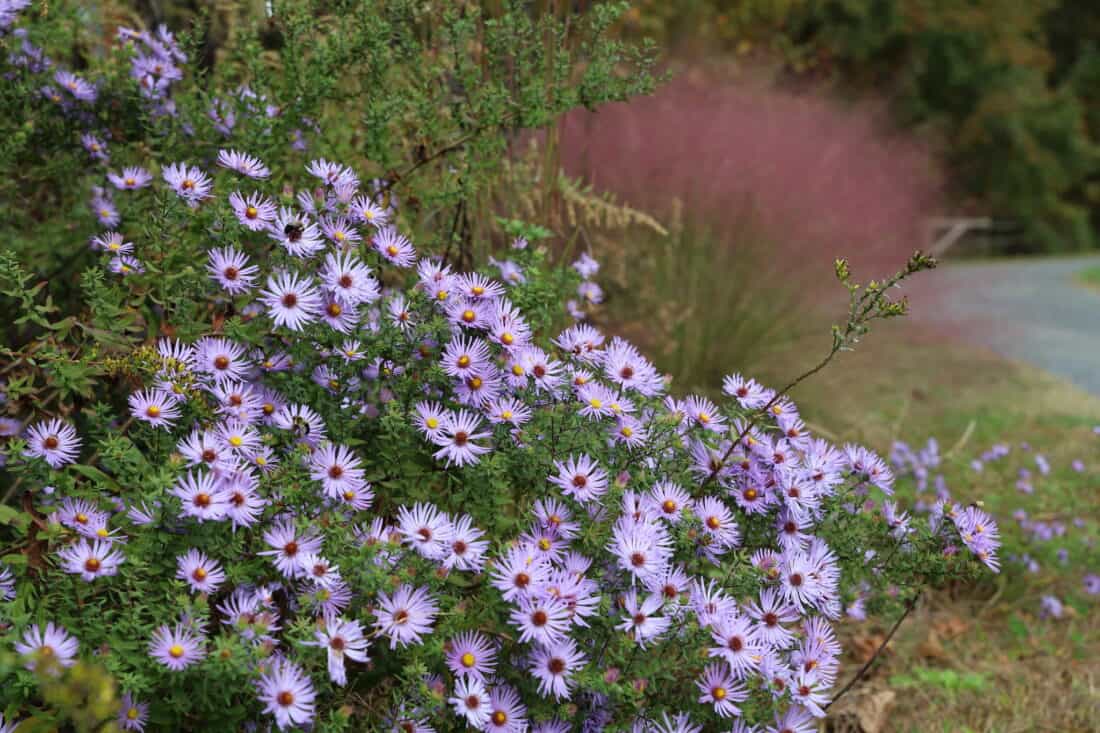
Ornamental grasses deliver vital ecosystem functions which go past their decorative function. Native species play a vital role in supporting local wildlife populations because they generate food sources and build shelter structures and establish natural habitats. The understanding of these relationships allows gardeners to choose planting methods which create visually pleasing gardens while supporting native wildlife populations.
Bird species depend on grass seed heads as their main food source during the fall and winter months because other food sources are unavailable. The dense plant cover provides nesting protection to ground-dwelling birds and small mammals through its sheltered spaces. Seed head preservation during winter months delivers the best ecological advantages while keeping the area visually attractive.
Native grass flowers provide pollinators with advantages because they share evolutionary history with native insects that inhabit the area.
The late-season nectar and pollen resources from grass flowers serve as essential food sources which help pollinators maintain their health and survive the winter months despite their unobtrusive appearance.
Sustainable Gardening Benefits
Ornamental grasses function as sustainable garden features because they need few resources to thrive while protecting the environment. The plants need only occasional watering after they establish themselves because they use less water than conventional garden plants. Their extensive root networks enhance soil structure and improve water absorption and protect the soil from degradation.
The equipment requires less maintenance which results in lower power equipment fuel usage and reduced pesticide application needs. The natural pest and disease resistance of plants reduces the requirement for chemical treatments which results in gardens that are safer for both humans and their pets and local wildlife.
The long-lasting quality of ornamental grasses eliminates the need for yearly plant replacements which decreases both resource usage and waste output.
Their longevity and durability make them cost-effective landscape investments that provide returns for many years with appropriate care.
Creating Your Four-Season Grass Garden
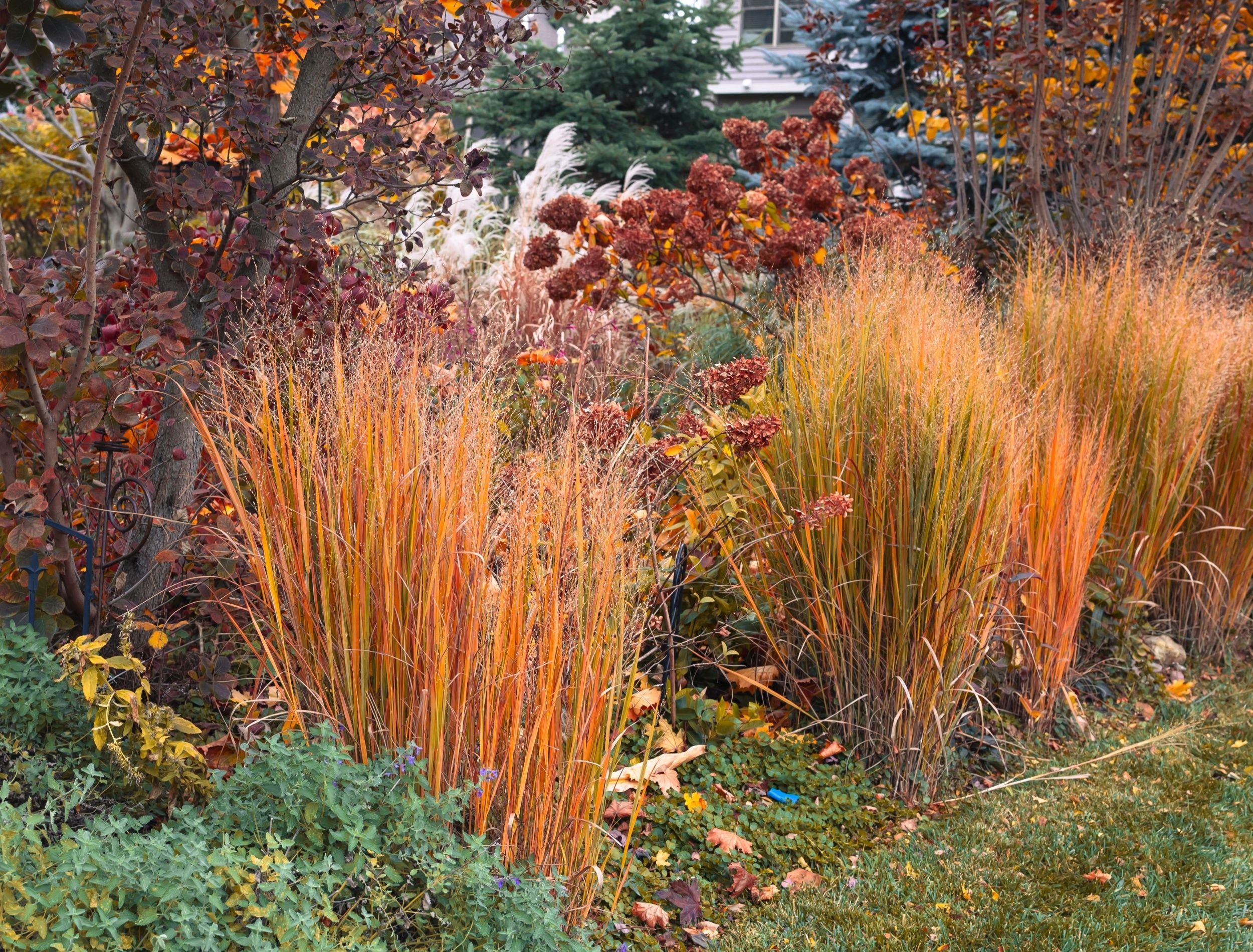
Ornamental grasses in landscape designs have become a core element of sustainable gardening because they need minimal upkeep to showcase their natural beauty across different seasons. These plants solve typical landscape problems while delivering autumn colors that match the beauty of flowering perennials.
People need to understand ornamental grasses because they need particular care methods and follow particular growth patterns. The site needs proper conditions while you should wait for plants to establish themselves and avoid excessive care of plants that succeed in poor conditions. The benefits of a permaculture garden include continuous interest throughout the year together with minimal upkeep and shifting natural beauty that follows seasonal changes.
Ornamental grasses have become more popular among landscape professionals and home gardeners because they provide flexible design options that create beautiful plantings for prairies and formal hedges and containers.
Modern landscape design heavily depends on these plants because they create structure and add color and texture and support wildlife habitats with low maintenance needs.
Sources and Further Reading:
- University of Wisconsin Horticulture Extension – Comprehensive ornamental grass care guides
- American Horticultural Society – Plant selection and growing information
- United States Department of Agriculture – Native plant databases and hardiness zones
- Perennial Plant Association – Award-winning plant selections and care tips

